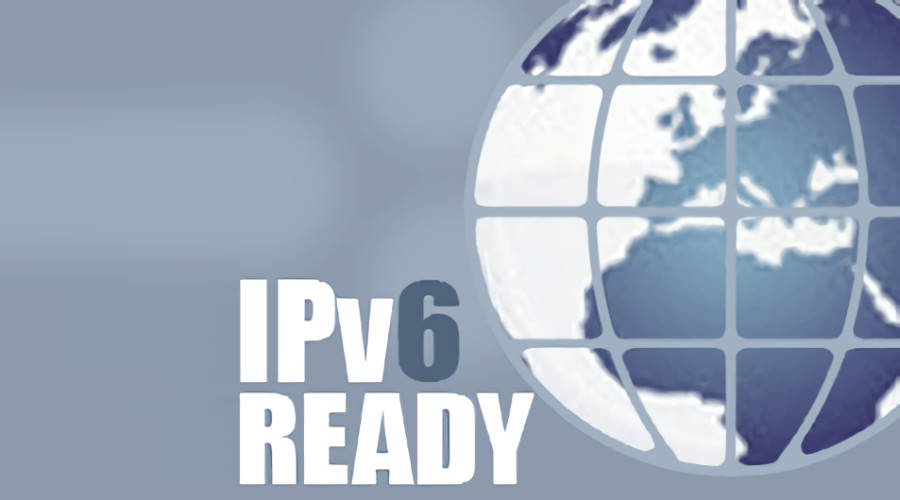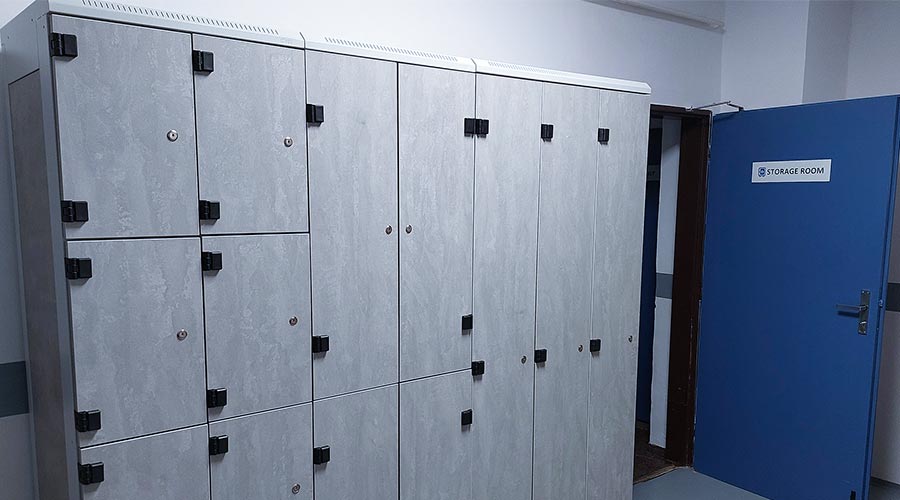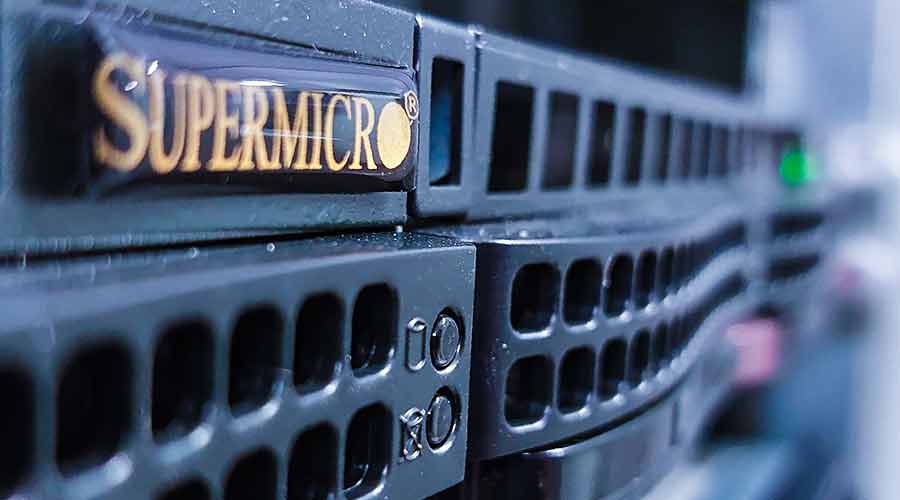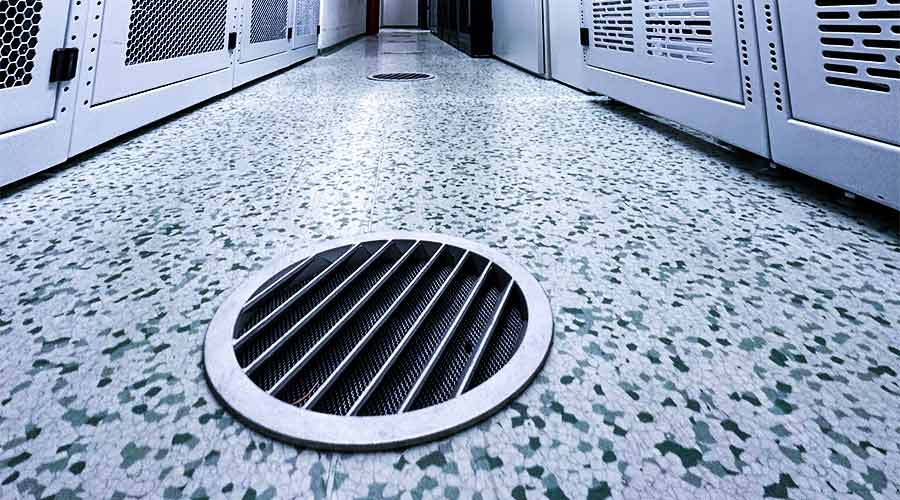After IPv6 was introduced by many important providers last year, this year, the date of June 6 became the symbolic day of the transfer from IPv4 to IPv6. This new communication protocol began its journey well and your servers will not fall behind because IPv6 is not a novice at Coolhousing. Our network fully supports IPv6.
All people interested in the future of the Internet focused on June 8th of the last year. In addition to large companies such as Google, Facebook and BBC, more than 400 other companies decided to support IPv6 by providing this protocol and by using it in their hardware and connections. This was a clear gesture that these companies will use IPv6 in their technical and commercial activities. The launch of the IPv6 this year confirmed and showed to the world that Dual Stack technology – which simply means that both main protocols IPv4 and IPv6, may be supported in one network without major difficulties. And your server does not need to fall behind. The Coolhousing network is ready.
It has been clear from the beginning of the nineties that the address space of IPv4 has its limits. A variety of mechanisms expanding the functionality and allowing to postpone the end of the IPv4 formed, but eventually, the efforts to define the next generation protocol – free of shortcomings of its predecessor, pushed through. That is how IPv6 came into existence. This new protocol was given a larger address space, improved maintainability and most importantly, increased functionality over the old IPv4. At the same time, the requirement of many programmers asking that nothing in principle would change, has been observed.
What worries IPv4?
The biggest problem that we face today is the insufficient number of available IP addresses. Mostly manufactures of household appliances feel the disadvantages of IPv4. Intelligent washing machines are able to measure exact dose of washing powder, but you cannot start the washing cycle from your mobile phone. And your washing machine cannot email you a message that you forgot to take your washed clothes out. These functions can be accomplished in other ways, but none is so elegant and technically clean, as connecting your appliances to the Internet via IPv6 protocol. Maybe you are asking yourself why we need all this? But actually, you should be asking yourself “why not?”
As far as servers are concerned, you got all aces in your hand. Thanks to the support of IPv6 and thanks to the huge number of available IP addresses offered by this protocol, you can separate individual projects sharing one server from each other and use different SSL certificate for each project. Also migration done under assigned IPv6 subnet becomes considerably easier. Controlling data flow for individual IP addresses and blocking inappropriate contents of your clients will no longer be a nightmare, but a simple matter. You do not limit yourself or your clients and you do not need to be afraid of difficult IPv6 addresses. These were never designed to be remembered but to be entered into DNS only.
On the other hand, with IPv4 you need to be careful more and more. Many providers already worry about the lack of IPv 4 addresses. Prices for IPv4 addresses are rising and we may not be far from the emergence of a black market with IPv4 subnets. If the reselling trend of IP addresses spreads out, it will lead to fragmentation of subnets into smaller and smaller ones. The increase in the number of subnet routers will create congestions and force them to drop subnets smaller than a certain and defined size, or worse, the will stop working completely. If this happens, some IPv4 subnets may not be available at all.
So, due to the above mentioned reasons and many more, your server should be accessible both via IPv4 and IPv6 protocols. As a customer of Coolhousing it will not cost you anything extra. After all, accessibility is the main reason why you do not have a server in your closet at home or in your office, but in our data center. To have your IPv6 subnet assigned, simply contact us at: info@coolhousing.net. We will be glad to assign you a subnet routed through us with a gateway in our router or routed through a connection via your own router.




